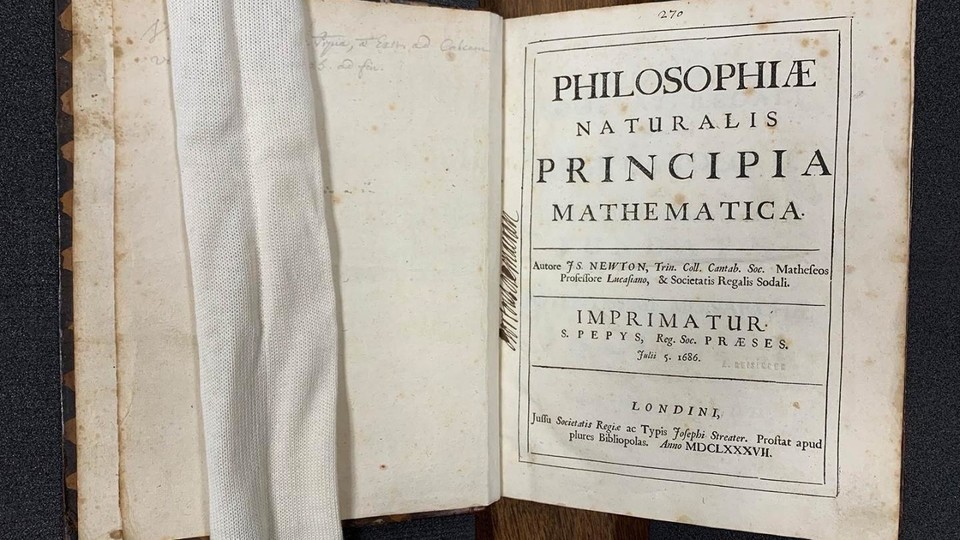Hundreds of Copies of Newton's Philosophiae Naturalis Principia Mathematica Found in New Census
The findings suggest that Isaac Newton's 17th-century masterpiece, known more colloquially as the Principia, was accessible to a wider public than previously thought. The new census more than doubles the number of known copies of the famous first edition, published in 1687. The last census of this kind, published in 1953, had identified 189 copies, while the new survey finds 386 copies.
Dr. Andrej Svorenčík, postdoctoral scholar for Experimental Economics and History of Economics at the University of Mannheim, and his former professor of the History of Science at Caltech spent more than a decade tracing copies of the book around the world. Nonetheless, according to the two historians, up to 200 additional copies likely still exist undocumented in public and private collections. They estimate that some 600, and possibly as many as 750 copies of the book's first edition were printed in 1687.
In addition to unknown copies, the researchers found evidence that the Principia, once thought to be reserved for only a select group of expert mathematicians, was more widely read and comprehended than previously thought. “When you look through the copies themselves, you might find small notes or annotations that give you clues about how it was used,” says Svorenčík, who has personally inspected about 10 percent of the copies documented in their census.
When traveling to conferences in different countries, Svorenčík would make time to visit local libraries. “You look at the ownership marks, the condition of the binding, printing differences, et cetera.” Even without inspecting the books up close, the historians could trace who owned them through library records and other letters and documents, and learn how copies were shared.

Caltech's first edition of the Principia.

Dr. Andrej Svorenčík
